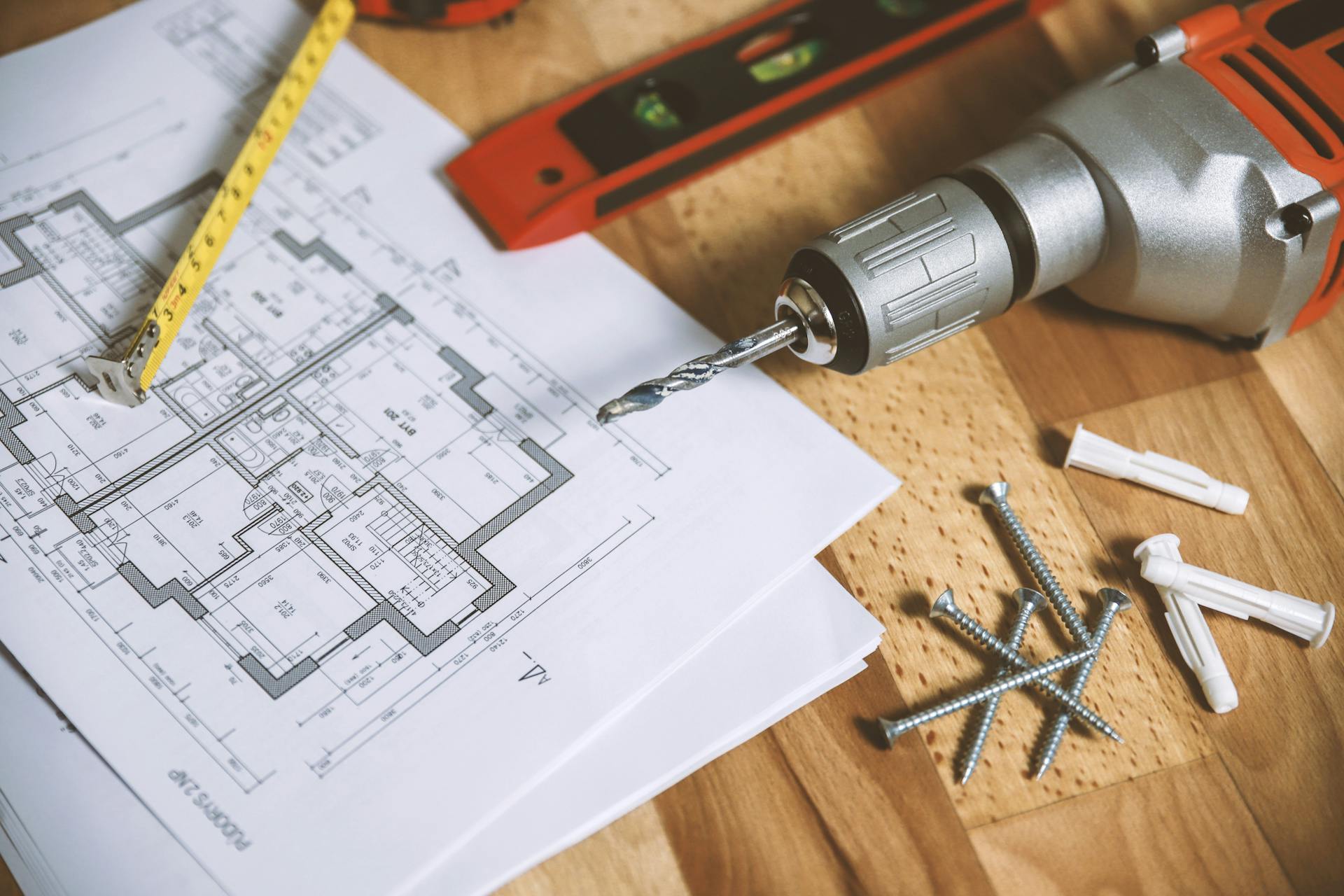

Question: What Materials Are Commonly Used to Build Houses?
Answer: Commonly used materials to build houses include wood (lumber, framing), concrete (foundations, walls), steel (framing, reinforcement), brick (walls, veneer), and stone (walls, facades).
Home Construction Materials: A Closer Look
From the foundation to the roof, a home is constructed from a diverse range of materials, each with unique properties that influence its performance and suitability for specific applications. Understanding these material properties is crucial for ensuring the structural integrity, energy efficiency, and aesthetic appeal of your home. This article provides a closer look at the common materials used in home construction, exploring their characteristics, applications, and benefits, enabling you to appreciate the intricate craftsmanship that goes into building a home.
Wood Framing: A Traditional Choice
Wood remains a popular choice for house framing due to its availability, cost-effectiveness, and ease of use. Builders commonly use lumber like spruce, pine, and fir. Engineered wood products, such as laminated veneer lumber (LVL) and oriented strand board (OSB), offer increased strength and stability.
Types of Wood in Construction
Spruce:
A common framing choice due to its strength and straightness.Pine:
Another frequently used softwood, versatile for various framing applications.Fir:
Known for its durability and resistance to decay, often preferred for exterior framing.
Click here for more information on learn more
Related Article: What is the Longest Lasting Building Material?
Related Article: What is the Best Material to Use for Building a House?
Brick: Classic and Enduring
Brick offers aesthetic appeal and durability. Builders use it for exterior walls, chimneys, and fireplaces. Brick is fire-resistant and requires minimal maintenance. Different types of brick provide varying levels of insulation.
Brick Varieties
Clay Brick:
The most common type, offering a classic look and excellent durability.Concrete Brick:
A more budget-friendly option, available in various colours and textures.Sand-Lime Brick:
A sustainable option made from sand and lime, often used for interior applications.
Insulation: Energy Efficiency and Comfort
Proper insulation is crucial for energy efficiency and maintaining a comfortable indoor temperature. Common insulation materials include fibreglass, cellulose, and spray foam. Each type offers different R-values, which measure thermal resistance.
Insulation Types
Fibreglass:
A cost-effective and widely available insulation option.Cellulose:
An environmentally friendly choice made from recycled materials.Spray Foam:
Provides excellent air sealing and high R-value.
Roofing Materials: Protection from the Elements
A roof protects your home from the elements. Common roofing materials include asphalt shingles, metal roofing, and clay tiles. Each material offers varying levels of durability, longevity, and aesthetic appeal.
Roofing Options
Asphalt Shingles:
A popular choice due to its affordability and ease of installation.Metal Roofing:
A durable and long-lasting option, available in various styles and colours.Clay Tiles:
A premium roofing material that offers excellent fire resistance and longevity.
Windows and Doors: Light and Access
Windows and doors provide natural light, ventilation, and access to your home. Common materials include wood, vinyl, and fibreglass. These materials impact energy efficiency, maintenance needs, and overall cost.
Window and Door Materials
Wood:
Offers a classic look but requires regular maintenance.Vinyl:
A low-maintenance and energy-efficient option.Fibreglass:
Combines the strength of fibreglass with the look of wood.
Drywall: Interior Finishing
Drywall forms the interior walls and ceilings of most homes. Builders finish it with paint or wallpaper. Different thicknesses and types of drywall exist for specific applications, such as fire-rated drywall for garages.
Drywall Types
Regular Drywall:
Standard drywall used for walls and ceilings.Moisture-Resistant Drywall:
Designed for use in bathrooms and kitchens.Fire-Resistant Drywall:
Provides increased fire protection.
Plumbing and Electrical Systems: Essential Components
Plumbing systems deliver clean water and remove wastewater. Electrical systems provide power throughout the home. These systems require specific materials like copper pipes for plumbing and various wiring for electrical circuits. Licensed professionals must handle installation and repairs.
Siding Materials: Protecting Your Home’s Exterior
Siding protects your home’s exterior walls from weather damage. Popular siding materials include vinyl, fibre cement, and wood. Each material offers different levels of durability, maintenance needs, and aesthetic appeal.
Understanding the materials used in home construction empowers you to make informed decisions. Whether you’re buying, selling, or renovating, knowing the advantages and disadvantages of different materials is essential. This knowledge helps you choose the best materials for your specific needs and budget. Consider consulting with a professional for personalized advice. [ 1 ]
References
1. https://www.ultratechcement.com/for-homebuilders/home-building-explained-single/descriptive-articles/building-materials-used-in-construction/


